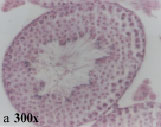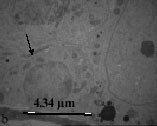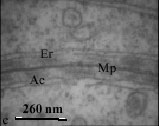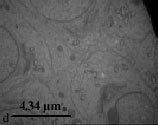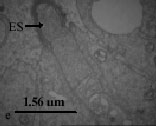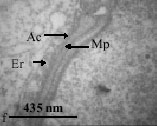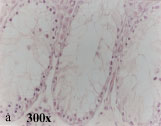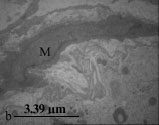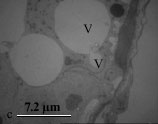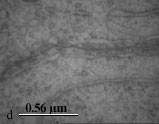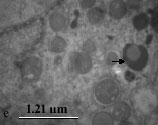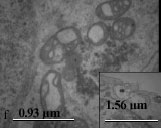Research Article
A Study on the Effect of Thiotepa on Mice SpermatogenesisUsing Light and Electronic Microscope
EM Lab Drug Applied Research Center and Development Complex, Tabriz University of Medical Sciences, Tabriz, Iran
J.S. Rad
Department of Histology, Tabriz University of Medical Sciences, Tabriz, Iran
L. Roshankar
Department of Histology, Tabriz University of Medical Sciences, Tabriz, Iran
M. Karimipor
Department of Histology, Tabriz University of Medical Sciences, Tabriz, Iran
A.A. Ghanbari
Department of Histology, Tabriz University of Medical Sciences, Tabriz, Iran
A. Aazami
EM Lab Drug Applied Research Center and Development Complex, Tabriz University of Medical Sciences, Tabriz, Iran
M.R. Valilou
Department of Veterinary Medicine, Islamic Azad University, Shabestar Branch, Shabestar, Iran









